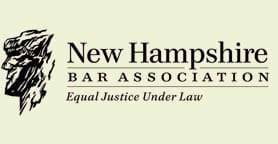Few things are as embarrassing as slipping and falling in a public place. Not only can it be physically painful, but it can also lead to feelings of humiliation and vulnerability. In unfortunate cases, these seemingly mild accidents can cause severe injuries, leaving individuals with long-term physical impairments and financial burdens due to medical expenses and potential loss of income.
Given their potential for harm, it is important to understand the common causes of slip and fall accidents to minimize their occurrence and prevent potential injuries.
Lack of proper signage or warning indicators
Warning signage and indicators are crucial in alerting people to hazards such as wet floors, uneven surfaces or areas undergoing maintenance. When these signs are absent or insufficient, unsuspecting individuals may not be aware of the danger ahead, increasing the likelihood of a slip and fall accident. Whether it’s a spill in a grocery store aisle or a wet floor in a public restroom, clear and visible signage can significantly reduce the risk of accidents by notifying people to proceed with caution.
Damaged flooring or railings
Damaged flooring or railings can also contribute significantly to slip and fall accidents. Cracked, uneven or worn-out flooring surfaces can create tripping hazards, especially in high-traffic areas or places with inadequate lighting. Similarly, loose or broken railings can fail to provide necessary support, leading to falls on staircases or elevated platforms. Regular maintenance and timely repairs are essential to address any structural issues promptly and prevent accidents caused by deteriorating infrastructure.
Wet or slippery surfaces
One of the most common causes of slip and fall accidents is encountering wet or slippery surfaces. Spills, leaks, inclement weather or recently cleaned floors can leave surfaces slick and hazardous to walk on. Without proper precautions such as non-slip mats, absorbent materials or timely cleanup, these surfaces pose a significant risk to pedestrians.
If you get injured in an accident due to the negligence of another party, including an owner of hazardous property, consider seeking legal counsel to help understand your rights and legal options for recourse.







